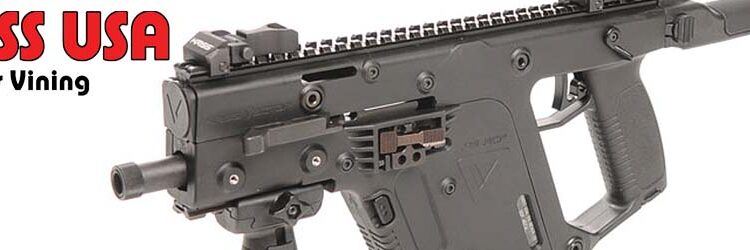By Miles Vining
The concept of a firearms mechanism that could effectively reduce felt recoil and muzzle climb while in automatic use has plagued gun designers since small arms have been light enough to carry and configured in full auto. Various methods such as Uziel Gal’s “wrap around bolt” and Eugene Stoner’s in-line stock have proved to be somewhat successful at this, but true controllability has remained a staple of small caliber firearms due to their size. The KRISS Vector .45 caliber submachine gun has been in full production since 2008 and is one of the best attempts so far to achieve true controllability in a large caliber submachine gun.
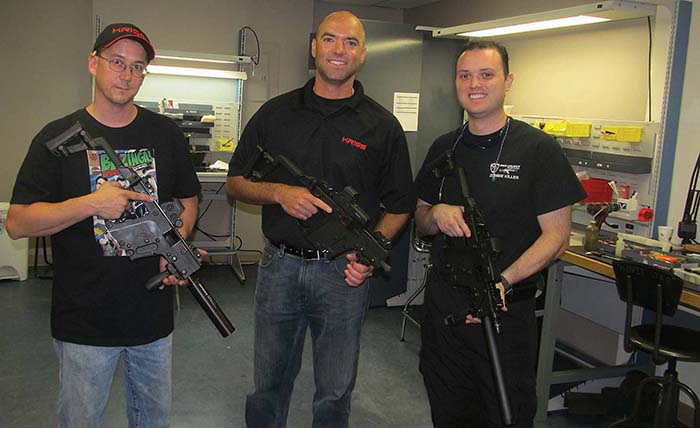
The patented “Super V” operating system (Super V is the name of the operating system, Vector the actual firearm, the former often mistakenly used for the firearm) is the brainchild of French firearms designer Renaud Kerbrat who started work on the Vector in 2002. In 2006 a pre prototype submachine gun had been produced and in 2007 the prototype Vector made its debut on the Discovery Channel’s Future Weapons series in the “Close Quarters Combat” season. In 2008, the civilian models were released with the CRB (carbine with 16 inch barrel), an SBR, and a pistol variant with no buttstock (SDP, Special Duty Pistol). Both the SDP and the SBR can be ordered with either a 5.5 or 6.5 inch barrel, threaded or unthreaded.
When the Vector was first introduced, it was under a company based in Washington D.C called Transformational Defense Industries (TDI). The company name and location have since been changed to KRISS USA, Inc. and has moved to Virginia Beach. When the name was dissolved and the company relocated, KRISS became not only the branch, but the new manufacturing facility as well. The former TDI was the North American branch of KRISS Arms, which is based in Switzerland (there it is known as KRISS Systems). In addition to these two groups, KRISS Arms recently acquired Sphinx, a company that produces service size handguns and set up Defiance, a tactical accessories brand known for their suppressors, primarily intended for use with the KRISS Vector and Sphinx pistols.
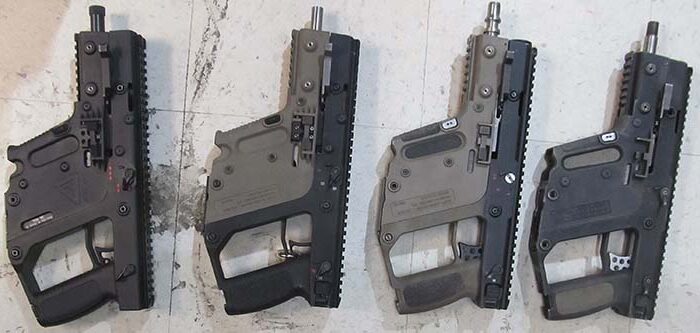
The headquarters and assembling facility of KRISS USA is located in a relatively small office building in Virginia Beach, just down Interstate 264 from the U.S. Atlantic fleet in Naval Station Norfolk. There are no large banners or signs on the glass building, just a small placard on the public entrance that reads KRISS USA, Inc. It is from here that all United States and Canadian transactions, both civilian and law enforcement, are handled. KRISS Systems in Switzerland handles the rest of the world including Mexico. Recently, the director of sales for KRISS USA, Evan McNamara was kind enough to give an exclusive tour of the facilities and sit down for a discussion of the company and its future products.
Walking through the single story structure, it is hard to believe that this is a company turning out thousands of modern-day firearms. Within the building there are only three working spaces and the rest of the rooms are all individual offices. The largest area is the assembly room, with two working tables and an indoor bullet trap where every semi-auto Vector is fired 25-75 times, and the SMGs 200-300 times for certification. This room is also where all the iron sights and EOTechs are bore sighted at 10 meters. The tables are outfitted with a variety of tools that facilitate the assembly of the Vectors. In the next room are CNC machines and the machine shop where KRISS USA manufactures and assembles the Defiance suppressor line.
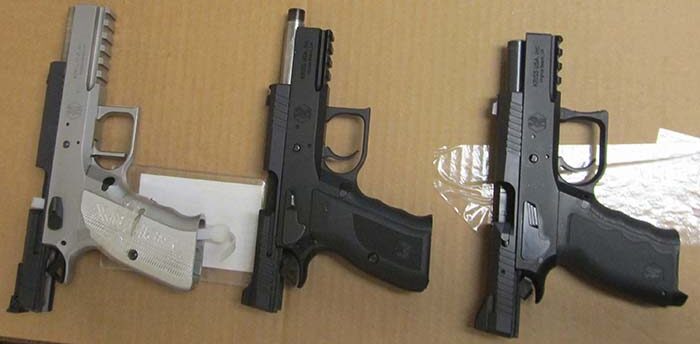
Apart from the work tables and the CNC operations there is a small room where KRISS’ gunsmiths work completing all the conversions to SBRs. This involves either replacing the 16-inch barrels with the shorter threaded barrel or installing the folding stock on the SDPs. Evan McNamara explained the process, “Once a customer sends us their Vector CRB or SDP, it takes us 1-2 weeks to do the conversion work. We then submit a form 2 to the ATF to register it as an SBR. At the same time, we send a form 3 to the ATF to transfer the SBR to the customer’s class 3 dealer. It takes about 3-4 weeks to get that paperwork approved. Once approved, we send the SBR to the customer’s class 3 dealer. The dealer then has to complete a Form 4 transfer with the ATF to transfer the SBR to the customer.” For readers interested in the Vector, a resident gunsmith explained that it is easier to purchase a SDP and convert it to an SBR than it is a CRB.
Readers will note that the Virginia Beach facility primarily sources the Vector parts from its vendors and does all the final assembly on the production floor. The majority of in-house manufacturing takes place on the Defiance suppressor line. Here lies the genius of KRISS, because it can have a small base of less than 50 employees and maintain good quality control. Some of these vendors include Glock magazines that come standard or with the optional Magpul developed, MagEx manufactured 17-round add on. Troy Industries manufacture the flip up iron sights. There is also the KRISS “Tactical Package” which comes with a number of quality accessories on the Vector such as an EOTech 512, Grip Pod Systems bipod, Surefire Executive tactical light (the front port above the muzzle is specifically designed for this light), and a BlackHawk! single point sling. This assortment can be ordered with the SBR, 16-inch carbine, or the submachine gun. Due to confidentiality, the companies that manufacture the gun’s internals cannot be named.
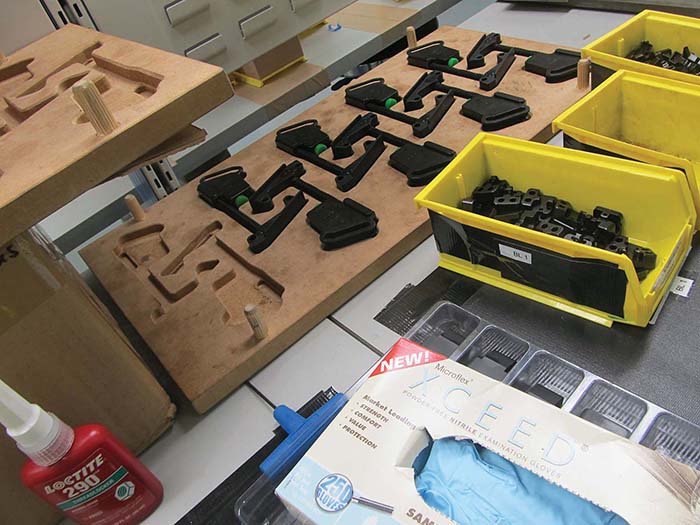
But how does the Vector stand up to the task that it was intended for? Currently the most publicized Vector adoption is by the Buckeye police department SWAT team in the Phoenix, Arizona metropolitan area. Other departments, and some entities overseas, have bought the Vector but remain undisclosed. Some departments even opt for the SBRs and the 2-round burst features in an effort to reduce ammunition expenditures and to keep collateral damage down. As for the civilian sector, a surprisingly popular venue for the Vector is by hog hunters in Texas.
The Vector is not without its disadvantages. Although the operating system and user controls are extremely efficient, innovative and high quality, this same set of features must be learned and trained with. Shooters familiar with a traditional submachine gun layout of selector controls, charging handles, and bolt release have to become familiar with the Vector’s separate selector controls, reset trigger, and close in bolt release/charging handle. Some of the early production Vector’s had issues with shell ejection and jamming. This has since been rectified.

What does the future hold for the KRISS product line? In 2013 a new version will come out as the K10. Conceived in 2010, this next submachine gun is designed to overcome many of the major discrepancies found in the Vector and to expand the line as well. The K10 will be multi-caliber (9mm, .40 caliber, .45 ACP), have a telescoping stock, redesigned charging handle, and a quad rail on the extended barrel. The bolt catch is moved to below the barrel, where the grip is, and it will be more ambidextrous. But this isn’t the only new product about to come out of KRISS. If many thought a recoil mitigating system in a submachine gun was small enough, try a handgun. KRISS will be coming out with the KARD, a handgun where a similar Super V system is used but packed into the frontal frame of the pistol, just in front of the trigger guard. KRISS is also working on a .22 LR version of the Vector, and a possible .50 BMG platform. These last three projects are still several years ahead of development work in Switzerland. For now, the public will have to wait until the next SHOT show before the K10 is unveiled.
The Vector has not caught on like other revolutionary submachine gun designs such as the Thompson, Uzi, or MP5. But it also has not failed such as countless others that are too numerous to name. It has a strong civilian following, even an entire forum (www.KRISStalk.com) dedicated to the gun. Some organizations have adopted it and field experience is the best test of any firearm. With the introduction of the K10 and future developments, KRISS Arms is definitely on the right track.
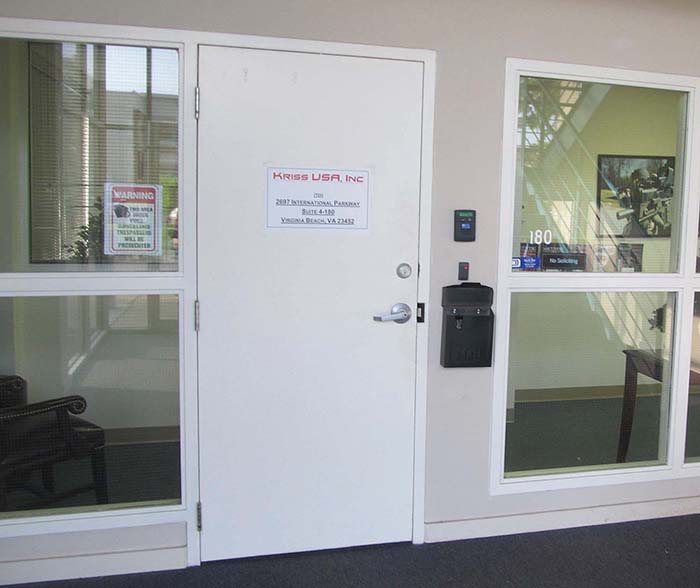
Contact:
KRISS USA
KRISS USA, Inc.
P.O. Box 8928
Virginia Beach, VA 23450
Phone (757) 821-1089
Fax (757) 689-2113
Sphinx
Sphinx Systems Ltd.
Gsteigstrasse 12
3800 Matten / Interlaken
Switzerland
Tel. +41 33 821 10 05
Fax +41 33 821 10 06
| This article first appeared in Small Arms Review V17N1 (March 2013) |



